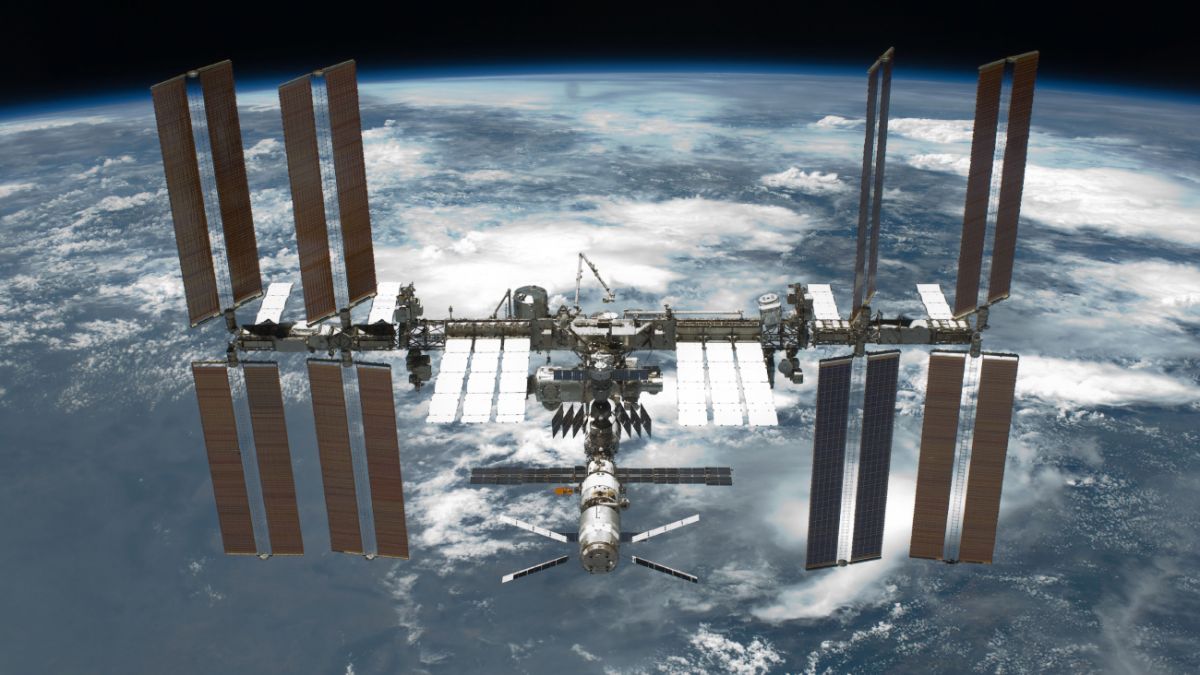SpaceX will destroy the ISS by dropping it into the sea for $843 million

NASA has signed a $843 million contract with SpaceX to build a rocket that will be able to safely de-orbiter and decommission the International Space Station (ISS) over the next ten years.
Here's What We Know
The ISS has been in operation since 1998, but is approaching the end of its cycle, which is scheduled for 2030. NASA aims to ensure a controlled and safe de-orbit of the ISS, avoiding the uncontrolled fall of space debris to Earth.
SpaceX will develop a spacecraft called the US Deorbit Vehicle, which will provide a safe return of the ISS to Earth. The rocket will send the station to the Pacific Ocean, to the so-called "spacecraft graveyard" located between New Zealand and South America. This is an uninhabited area where there are already about 300 remnants of spacecraft.
We have selected @SpaceX to develop and deliver the U.S. Deorbit Vehicle and prepare for a safe and responsible deorbit of the @Space_Station after the end of its operational life in 2030. Learn more: https://t.co/ogAhEazBpt pic.twitter.com/5pyBPfobkp
- NASA (@NASA) 26 June 2024
The task is not an easy one, as the ISS weighs almost a million pounds and is too massive to completely burn up in the atmosphere. SpaceX will need several years to develop and test the disruptor vehicle, and the process of de-orbiting the station will be phased. Three stages are planned: sending solar panels and radiators, individual modules and, finally, the main structure of the station.
Catch Up Quick
The ISS was created by the joint efforts of the United States, Europe, Japan, Canada and Russia and remains the largest structure ever built in space. While the United States and its partners plan to keep the station operating until the end, Russia's commitment ends in 2028.
The cost of operating the ISS is about $3.1 billion a year, and NASA hopes that the private space industry will fill this niche by building new orbital stations.
Several private companies have already presented their space station projects. Vast and SpaceX plan to launch their station in 2025, and Blue Origin has a project called Orbital Reef that is being prepared for launch by the second part of the decade. Voyager, Lockheed Martin and Nanoracks expect to operate their Starlab facility by 2027.
Source: NASA